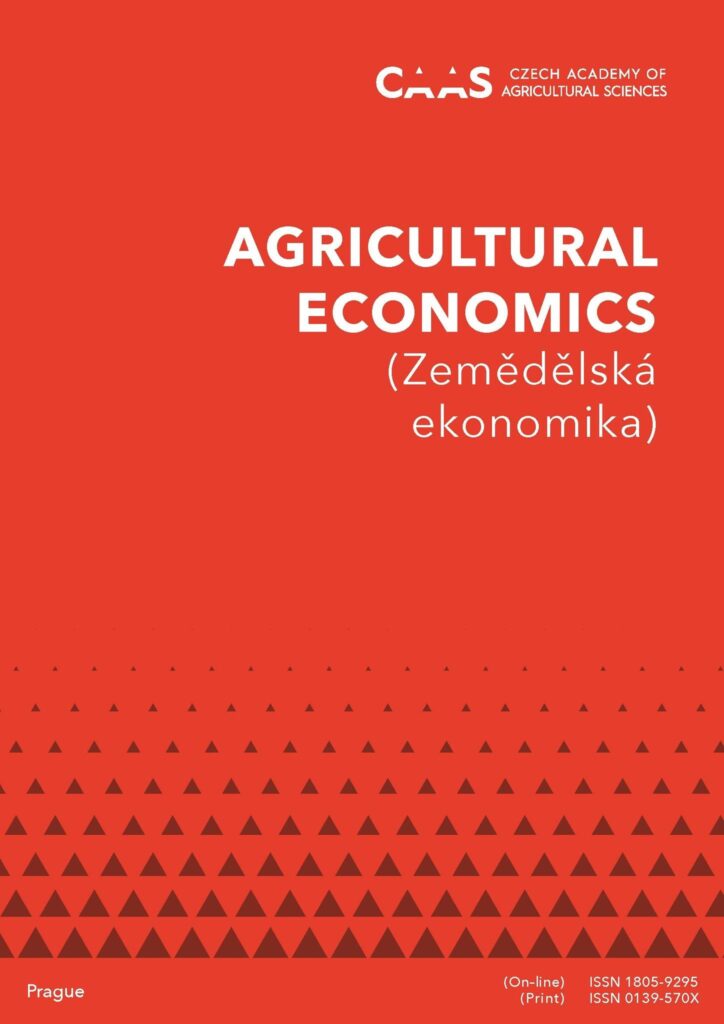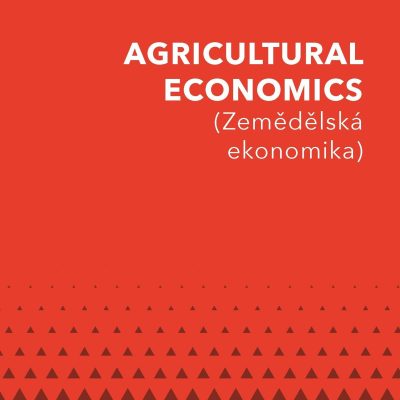Are technological or efficiency differences more pronounced between Hungarian and Polish poultry farms? A stochastic metafrontier analysis
Lajos Baráth – Imre Fertő – Jakub Staniszewski
Agricultural Economics (AGRICECON) Vol. 70. No. 8. (2024)
- Abstract
- The efficiency of poultry production plays a crucial role in ensuring food security and maintaining human health sustainability. Although extensive research has been done on the largest poultry-producing countries, the European Union’s contribution has not been thoroughly investigated, especially in Central and Eastern Europe. This study aims to fill this gap by analysing the technical efficiency of poultry farms in Hungary and Poland. We use the stochastic metafrontier approach to Farm Accountancy Data Network (FADN) data from 2010 to 2015. The results suggest that both countries have technical inefficiencies. The meta technical efficiency (MTE) was higher in Poland than in Hungary, driven by both a higher technology gap ratio (TGR) and higher (country-specific) technical efficiency (TE) in Poland. In both countries, returns to scale were increasing, which suggests that policies that increase scale of operation could increase efficiency. Furthermore, the study highlights the importance of technological gaps for several farms both in Poland and Hungary; therefore, policies should also focus on supporting investments in technology adoption and innovation. This could involve providing subsidies or grants for the adoption of advanced farming technologies, such as automated feeding systems or data analytics for optimizing production processes.
Keywords: agriculture; comparative analysis; Hungary; Poland; SFA; technical efficiency



